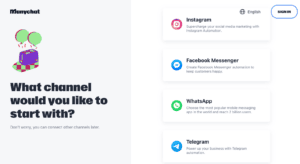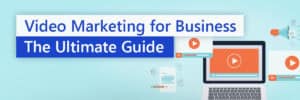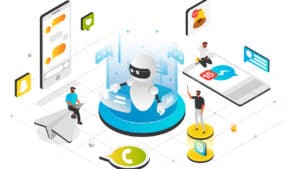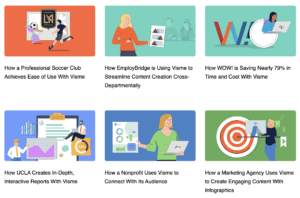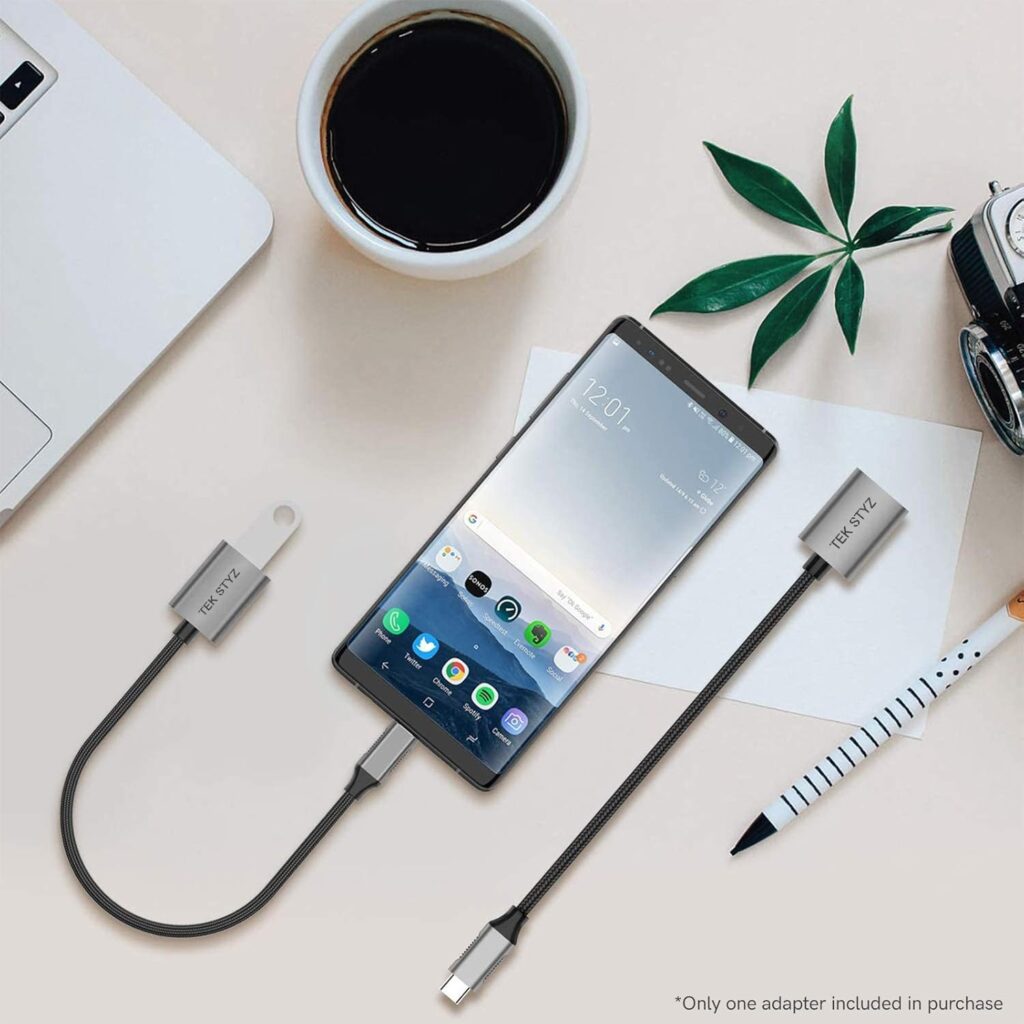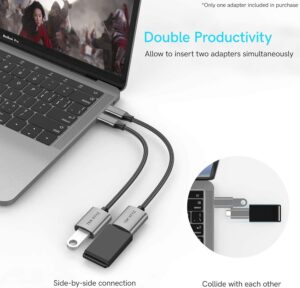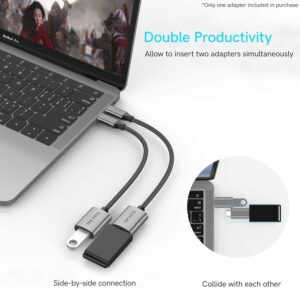Mastering Sales Funnels: Your Key to Boosting Conversions and Scaling Business Growth
Sales funnels are one of the most effective tools for businesses to turn prospects into paying customers. A well-constructed sales funnel guides potential customers through their buying journey, nurturing them at each stage, and ultimately leading them to make a purchase. In this article, we’ll introduce the concept of sales funnels, break down the stages, and provide actionable strategies for building and optimizing your sales funnel to boost your business growth.
What is a Sales Funnel?
A sales funnel represents the step-by-step process that businesses use to turn prospects into customers. It’s called a “funnel” because the number of people decreases as they progress through the stages—only a fraction of the initial prospects make it through to the final conversion.
The sales funnel helps you understand your prospects’ journey, predict customer behavior, and develop strategies to nurture them at every stage. Without a clear funnel in place, you risk losing potential customers who fall through the cracks.
The Stages of a Sales Funnel
To create an effective sales funnel, it’s important to understand the different stages involved:
1. Awareness Stage (Top of the Funnel – TOFU)
The awareness stage is where potential customers first learn about your business or product. At this point, they’re not ready to buy yet, but they’re looking for information or solutions to a problem they have.
- Key Tactics: SEO-optimized blog posts, social media marketing, PPC advertising, and content marketing are essential to reach prospects in this stage.
- Goal: Capture attention and introduce your brand.
2. Interest Stage (Middle of the Funnel – MOFU)
In the interest stage, prospects are aware of your brand and want to learn more about your offerings. They’re evaluating whether you have the solution they need.
- Key Tactics: Offer in-depth content like webinars, email newsletters, product guides, and eBooks to build interest and establish your authority.
- Goal: Nurture leads and build trust.
3. Decision Stage (Bottom of the Funnel – BOFU)
The decision stage is when prospects are actively deciding whether to purchase from you. This is the point where they compare their options and are ready to make a final choice.
- Key Tactics: Product demos, free trials, case studies, and testimonials can push prospects over the line.
- Goal: Convert leads into customers by providing compelling reasons to buy from you.
4. Action Stage
At the action stage, the prospect converts into a paying customer. However, the journey doesn’t end here—you need to maintain engagement to encourage repeat purchases and foster customer loyalty.
- Key Tactics: Offer personalized follow-ups, customer support, and targeted upsells or cross-sells to continue adding value.
- Goal: Secure a long-term customer relationship.
How to Build an Effective Sales Funnel
Now that you know the stages of the sales funnel, here’s how to build and optimize your funnel to guide leads effectively through each stage.
1. Define Your Target Audience
Understanding who your target audience is and what challenges they face is the first step. By clearly defining buyer personas, you can tailor your messaging to address their pain points at each funnel stage.
2. Create Valuable Content
Content is king in the sales funnel. Develop relevant and engaging content that aligns with each stage of the funnel. For example:
- Awareness: Educational blog posts, infographics, and explainer videos.
- Interest: Product guides, email courses, and how-to content.
- Decision: Customer reviews, product comparisons, and case studies.
3. Use Lead Magnets
Lead magnets—such as free eBooks, checklists, or templates—are valuable resources offered in exchange for a prospect’s contact information. Lead magnets help move users from the awareness stage to the interest stage by providing them with something tangible.
4. Nurture Leads with Email Sequences
Email marketing is a crucial component of middle and bottom-of-funnel stages. Create automated email sequences that nurture leads by addressing their needs and concerns at every point in the funnel. Offer educational content, product information, and exclusive offers to encourage conversions.
5. Implement Strong Calls-to-Action (CTAs)
Your CTAs need to be clear, actionable, and relevant to the funnel stage. For example:
- TOFU: “Download our free guide.”
- MOFU: “Join our webinar to learn more.”
- BOFU: “Sign up for a free trial.”
6. Leverage Social Proof
People are more likely to trust your business if others have had positive experiences with it. Social proof like testimonials, reviews, and case studies play a critical role in the decision-making process. Include them prominently in your funnel, especially near the decision stage.
7. Optimize for Mobile
More than half of all internet traffic comes from mobile devices. Ensure that your website, emails, and content are fully optimized for mobile users. A mobile-friendly experience is key to maintaining engagement and driving conversions.
Common Mistakes to Avoid When Building Sales Funnels
Sales funnels can be incredibly effective, but many businesses make mistakes that can derail their efforts. Here are some common pitfalls to avoid:
- Not Tracking Funnel Performance: If you’re not monitoring your funnel’s performance, you won’t know where you’re losing leads. Use analytics tools like Google Analytics, HubSpot, or ClickFunnels to track funnel metrics and make necessary adjustments.
- Ignoring the Follow-Up: After a prospect converts into a customer, don’t stop engaging with them. Regular follow-ups, personalized offers, and customer support can turn one-time buyers into repeat customers.
- Focusing Only on the Bottom of the Funnel: Many businesses focus solely on closing deals and neglect the top and middle of the funnel. You need a steady flow of prospects at every stage to keep your sales pipeline full.
Conclusion
A well-constructed sales funnel is key to guiding prospects through their buyer’s journey, increasing conversions, and building long-term relationships with your customers. By understanding each stage of the funnel and implementing the strategies we’ve outlined, you can optimize your sales process and achieve sustainable business growth.
FAQs
What is the purpose of a sales funnel?
The purpose of a sales funnel is to guide potential customers through their buying journey, from initial awareness to making a purchase, while addressing their needs at each stage.
How do I create a sales funnel for my business?
Start by defining your target audience, creating content for each stage of the funnel, and setting up lead capture mechanisms such as email forms. Then, nurture your leads with automated email sequences and push them toward conversion.
What tools can I use to build a sales funnel?
There are several tools available for building sales funnels, including HubSpot, ClickFunnels, and Leadpages, which help you create landing pages, capture leads, and set up automated workflows.
How long does it take for a sales funnel to work?
The time it takes for a sales funnel to show results varies depending on your industry, audience, and product. Some funnels may take weeks to show significant results, while others may take months.
Can a sales funnel be used for B2B businesses?
Yes, sales funnels work for both B2B and B2C businesses. The key is to tailor the funnel stages to meet the specific needs of your target market.
Top Tools to Simplify and Scale Your Sales Funnels
- ClickFunnels – A robust tool for creating high-converting landing pages and sales funnels, with features like A/B testing and email marketing automation.
- HubSpot – A comprehensive CRM and marketing tool that offers landing pages, email sequences, and lead tracking, making it a great option for scaling sales funnels.
- Leadpages – Known for its ease of use, Leadpages allows you to build optimized landing pages and sales funnels quickly.
- ActiveCampaign – A versatile marketing automation platform that integrates email marketing with sales funnels and customer relationship management (CRM).
- Keap – Formerly Infusionsoft, Keap is a CRM designed for small businesses that helps manage sales funnels, leads, and marketing automation in one place.
Keywords: sales funnels, lead generation, conversion optimization, marketing automation, email marketing, customer journey, social proof


